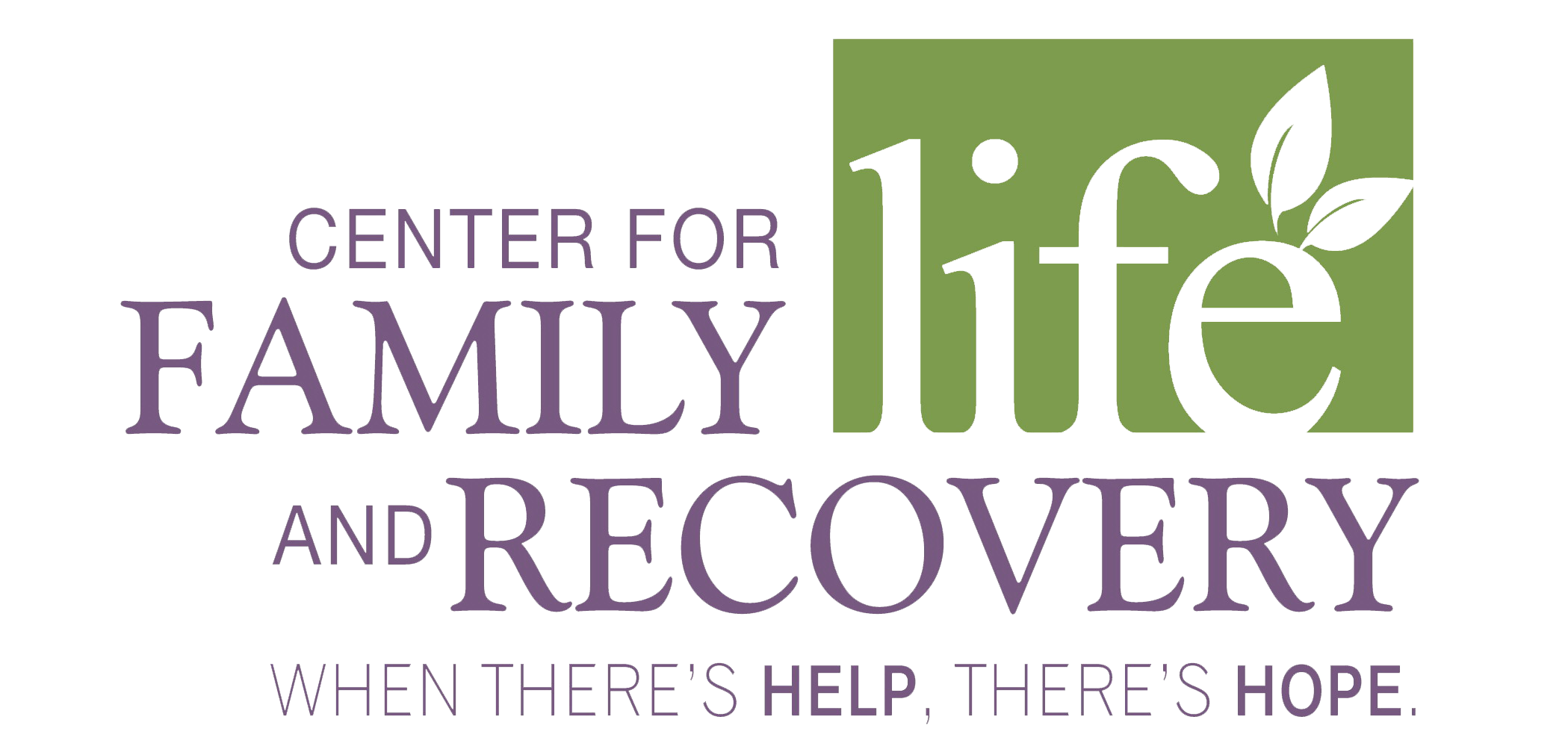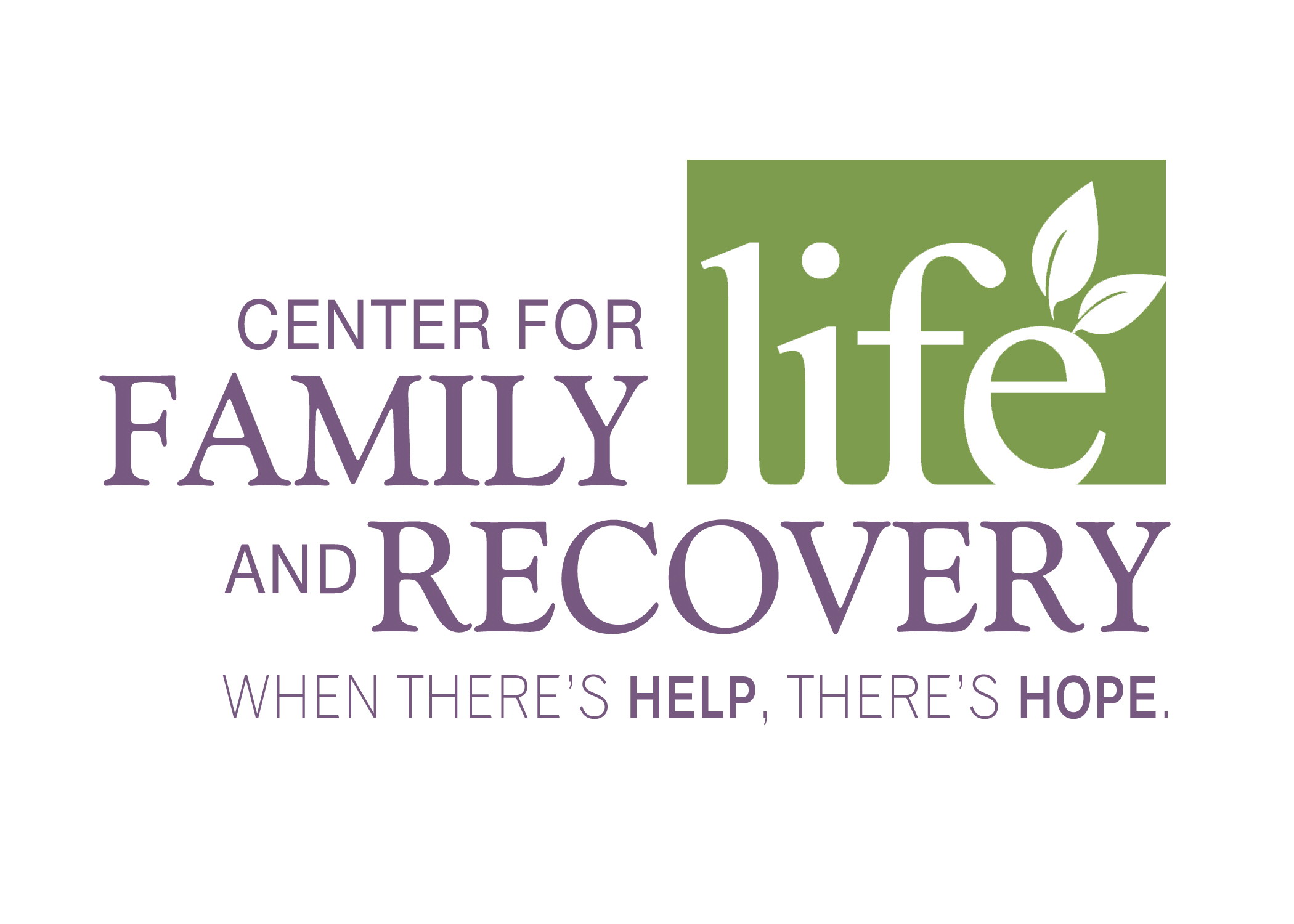Is medical marijuana medicine?
According to the National Institute on Drug Abuse, the marijuana plant contains several chemicals that may prove useful for treating a range of illnesses or symptoms. This leads people to argue it should be made legally available for medical purposes. At this point 20 states have legalized marijuana’s use for certain medical conditions. And Governor Cuomo’s bill regarding medical marijuana, or The Compassionate Care Act which would allow licensed doctors, nurses and physicians’ assistants to prescribe medical marijuana to patients with severe life threatening or debilitating diseases, legalization of marijuana in some form is looming near. So will New York be the 21st state?
“The term ‘medical marijuana’ is generally used to refer to the whole unprocessed marijuana plant or its crude extracts, which are not recognized or approved as medicine by the U.S. Food and Drug Administration (FDA). But scientific study of the active chemicals in marijuana, called cannabinoids, has led to the development of two FDA-approved medications already, and is leading to the development of new pharmaceuticals that harness the therapeutic benefits of cannabinoids while minimizing or eliminating the harmful side effects (including the “high”) produced by eating or smoking marijuana leaves.” NIDA 2014
I am not a medical professional, but working at an agency that has a vision to create a community mindset where people embrace sustained recovery from substance use, mental health and behavioral issues, I feel compelled to share some insight and facts, and let the readers make an informed decision about this issue.
With the growing acceptance of medical marijuana and in two states legalization for recreational use it may be influencing how young people perceive the harm associated with marijuana use generally. Research shows that as high school seniors’ perception of marijuana’s risks goes down, their marijuana use goes up, and vice versa.
Here are some key facts:
- Among youth ages 12 – 17, marijuana usage rates are higher in states with medical marijuana laws.
- Medical marijuana severely undermines prevention efforts by further normalizing marijuana use and thereby lessening the perceptions of its dangers and negative effects.
- Research shows that there is a direct correlation between decreases in perception of harm and social disapproval and increases in drug use.
- Marijuana use during adolescence is directly linked to the onset of major mental illness, including psychosis, schizophrenia, depression and anxiety.
- Marijuana addiction is real and it affects about 1:9 people who ever start using the drug. If one starts using marijuana in adolescence, the addiction rate jumps to 1:6.
- More than 2/3 of treatment admissions involving those under the age of 18 cite marijuana as their primary substance of abuse; more than three times the rate for alcohol, and more than twice for all other drugs combined.
- Taxes on marijuana would never pay the increased social costs that would result from more users. Experiences with alcohol and tobacco show that for every dollar gained in taxes, we spent one on social costs.
- The American Medical Association stated that marijuana in smoked form is unsuitable as a medicine. Marijuana contains 50% more carcinogens than tobacco smoke. Countless groups have taken positions both for and against medical marijuana. One thing is certain, and that is that any use should be under the strict supervision of the FDA.
Knowledge is power and education is key! CFLR, Inc. and the coalitions that it works with are proud to be the community’s leaders in prevention efforts. If you would like to learn more about how you can get involved, please contact Judith H. Reilly, Community Programs Director at 315.733.1709 or jreilly@cflrinc.org.

